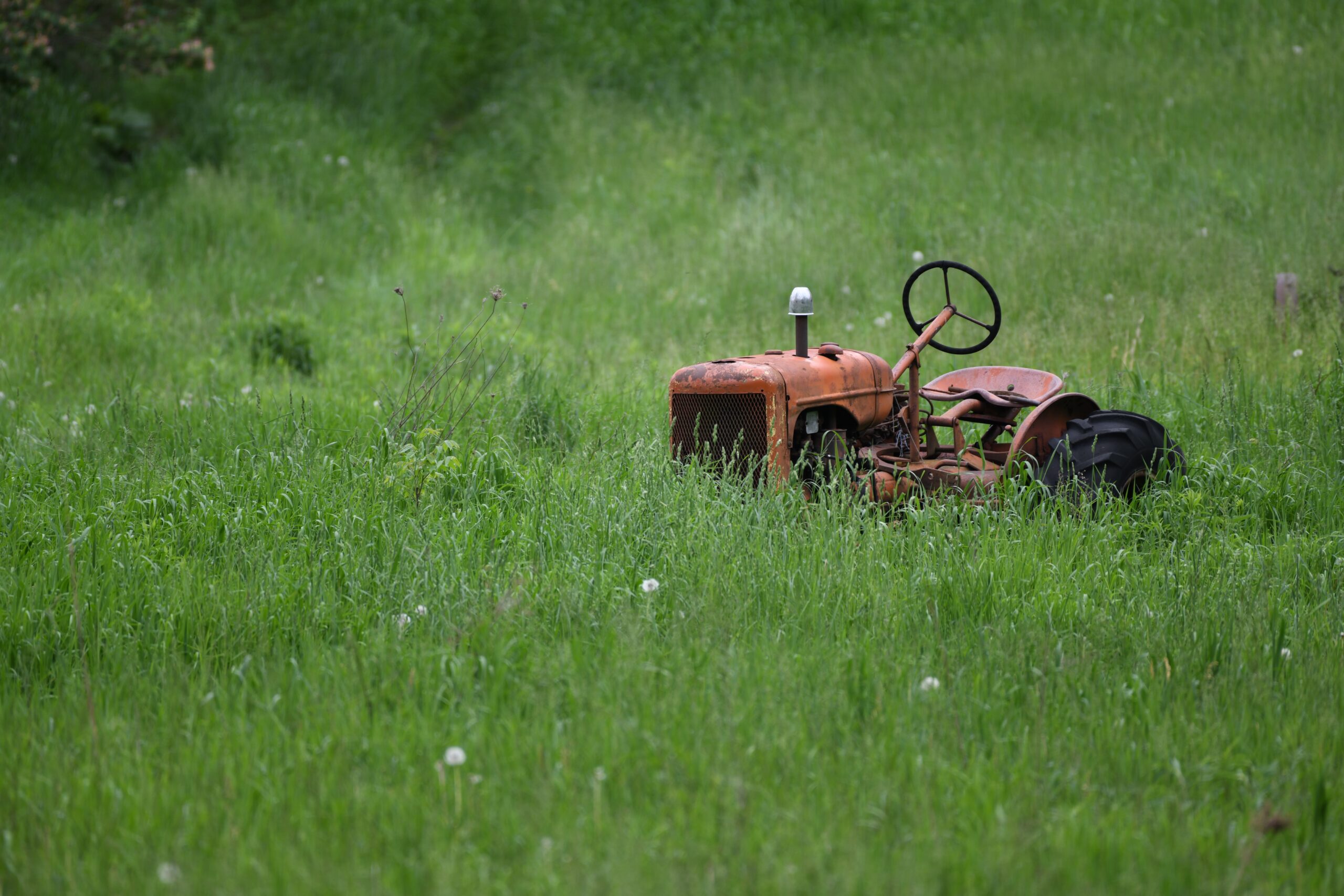The average lifespan of a riding lawn mower is approximately 19.42 years. I’m kidding. The real answer is: it depends. Hardly satisfying, right?
Outdoor power equipment, and riding lawn mowers specifically, are measured in hours of use. Unlike a vehicle, which is measured in how many miles are on it.
This is simply because these types of equipment perform work and are sometimes used in a stationary manner.
So even if it isn’t accumulating miles, it’s still accumulating wear and tear on the engine and the machine itself.
An average riding lawn mower today has a lifespan of 1,000 to 1,500 hours.
So if you were thinking in terms of age, then it would depend on how many hours you put on it per year.
Even at 100 hours per year, that machine should last on average of 10-15 years.
At that point, chances are that something relatively catastrophic will have occurred. Either the engine will fail, the transmission will fail, or the mowing deck will be rotted out.
The good news is that even in one of those scenarios, it doesn’t really mean the death of the machine.
On most riding lawn mowers, it’s quite possible to replace any of those components and prolong the life of the machine.
That’s one of the beautiful things about riding lawn mowers. As long as you’re comfortable doing an engine or transmission swap (which isn’t really that difficult), there’s no real limit to how long they can last.
Another point of clarification is that the lifespan of any piece of equipment is obviously dependent upon how it was maintained or neglected during its life.
A regularly maintained riding lawn mower with 1,000 hours will last longer than a riding mower that hasn’t had an oil change in 500 hours.
Furthermore, don’t let age discourage you from an acquiring an older machine.
This last year I bought a Cub Cadet riding lawn mower to fix and flip. I believe it’s from 1997, so 25 years old at the time this was written. But it has only just above 300 hours on it, so there’s plenty of life left in it.
Additionally, machines of this era were typically built sturdier. A lot of the engine shrouds were metal instead of plastic, as were the body components.
Machines like this will last a lot longer because it’s simply not cost effective to replace these body components.
An average aftermarket hood is roughly $400. So while it is possible to replace it, are you really going to do that when you could just buy an entirely new machine for $1200?
That’s part of the problem is that we live in the “throw-away culture” now. Riding lawn mowers are built to be thrown away instead of repaired.
It’s one of the reasons that we see small engine repair shops constantly closing. Most machines simply aren’t worth repairing.
That being said, it is entirely possible for a riding lawn mower to last indefinitely.
With regular maintenance, you can stretch that hourly lifespan. Plus, with replaceable components, you can just keep repairing what the machine needs so it can live on.
That’s kind of the situation that I’m in. I inherited my dad’s John Deere GX325 riding lawn mower.
It’s from the 90’s, and it has just over 900 hours on it.
I try to do a good job with regular maintenance on it, but it’s starting to show some issues.
The deck is starting to rot out, and I need to think about a new hood (my bad on that one).
It’s a good machine, but it’s really not great for our yard. A zero turn would be ideal.
But this was my dad’s riding lawn mower. Every time I sit in it and cut the grass, I imagine him doing the same thing 20 years ago.
For that reason, I can’t see ever replacing it.
As an Amazon Associate I earn from qualifying purchases.
